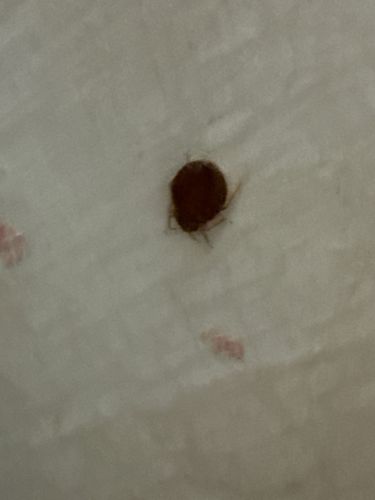Bed Bug
Scientific Name: Cimex lectularius
Order & Family: Hemiptera (order), Cimicidae (family)
Size: Adults typically 4-5 mm (0.16-0.20 inches) long; nymphs are smaller.

Natural Habitat
Found in human dwellings, especially in bedrooms. They hide in mattresses, bed frames, headboards, furniture, cracks in walls, and behind wallpaper. They are highly adaptable to various environments.
Diet & Feeding
Exclusively hematophagous, meaning they feed on the blood of warm-blooded animals, primarily humans.
Behavior Patterns
Nocturnal, hiding in crevices during the day and emerging to feed on blood from sleeping hosts. They are attracted to warmth and carbon dioxide. Females lay eggs in secluded spots, and nymphs molt several times before reaching maturity.
Risks & Benefits
Potential risks: Bed bug bites can cause itchy welts, skin irritation, and in some individuals, allergic reactions. They can also lead to sleep disturbances, anxiety, and psychological distress. While they are not known to transmit diseases to humans, their presence is a nuisance. Benefits: None for humans; they are generally considered pests.
Identified on: 8/28/2025